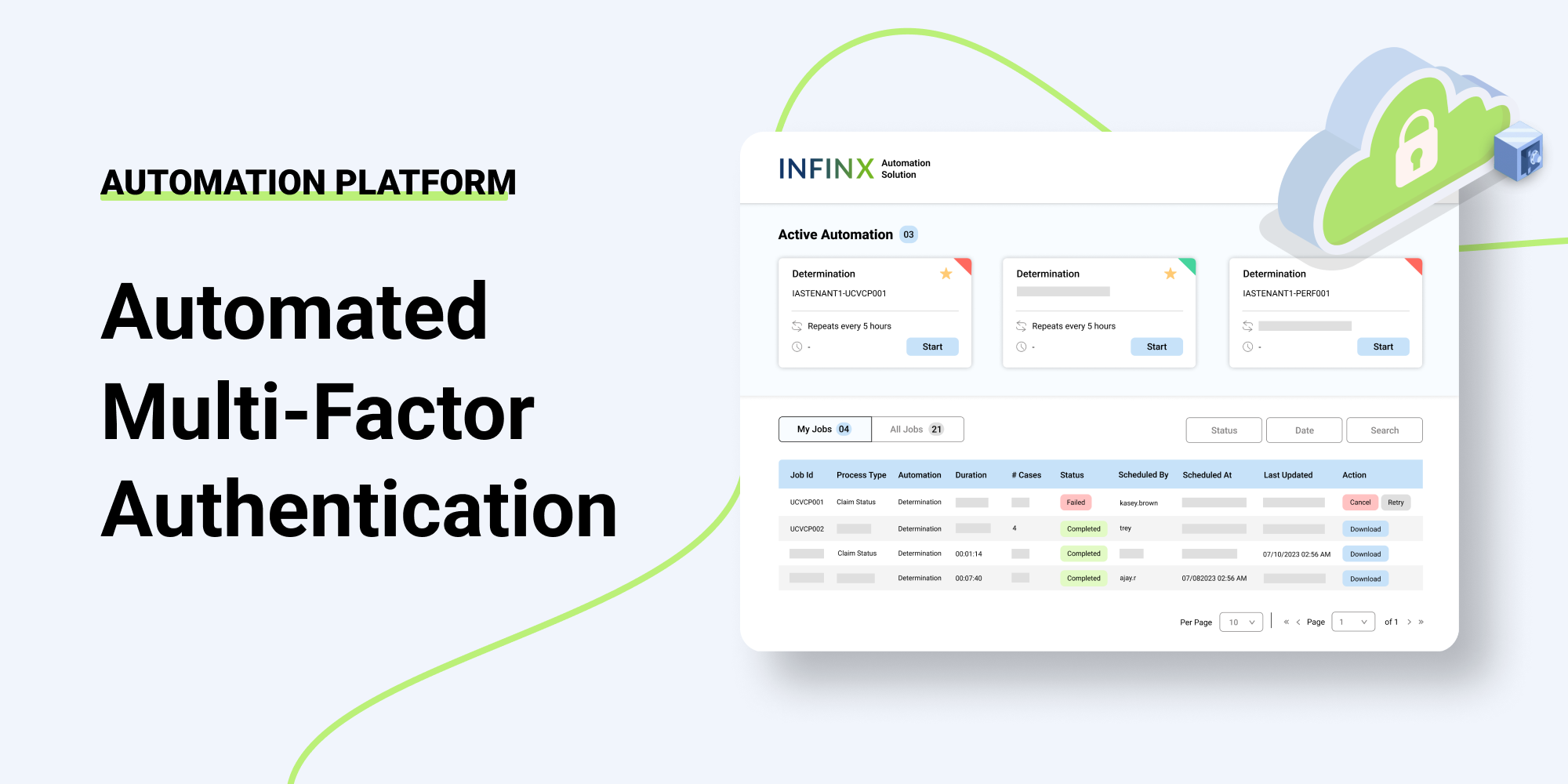As healthcare players scramble to get our footing in a continually shifting, pandemic era, we must focus on how to sustain and even maximize provider revenues. Practice managers, CIOs, and CFOs who stay abreast of current trends have the best chance of ensuring they capture the revenue needed to stay solvent in uncertain times.
Addressing uncaptured, owed revenue could involve additional investment in time, staff, or software. Still, tackling these challenges now sets providers up for years of better profitability. Today, five trends are emerging that will impact revenues in 2022.
Payers Pushing Payments to Over 90 Days
In most states, insurers must pay providers within 30 to 40 days or be subject to interest payments. Despite this regulation, more insurers are going beyond 90 days before paying claims.
Virginia Commonwealth University claims Anthem Blue Cross owes it $385 million. More shocking, 40% of that sum is for claims filed more than 90 days prior. And the university is not the only provider waiting for reimbursement. Hospital officials and practices in several states say the insurer owes them as well, and experts estimate Anthem is behind in payments nationwide by billions of dollars.
And it’s more than Virginia providers at risk. Often, providers from many states bill an out-of-state Blue Cross / Blue Shield only to find it is Anthem BCBS Virginia.
Anthem officials claim the delay stems from its bid to control excessive provider prices.
We have to consider that holding onto $385 million could mean additional revenue (at least in interest) for the insurer. Its profit as of June 2021 was 3.5 billion. Considering that profits for the entire year of 2020 were 4.2 billion, clearly, Anthem is on track to break profit records in 2021.
Provider Revenue Remedy
If health insurers continue to drag their heels on payment, providers will be forced to take insurers to court. Since insurance companies have dozens of seasoned attorneys on staff, these lawsuits may need to be left to the larger providers like Virginia Commonwealth University.
Until then, providers can act by enforcing interest payments. State laws stipulate that payers are obligated to pay providers within 30 to 40 days or face interest charges. Being assertive in assessing interest charges could get you paid faster. Given that many providers don’t have the time to consistently follow up with late payments and insist on interest payments, your insistence on your rights to that interest could train the insurer’s staff to get you paid on time.
Provider staff must be thorough in finding the overdue claims and communicating with the insurers that new bills will include interest due. Given that most providers focus on just getting claims out the door, however, follow-up like this can seem a luxury. Providers may not even have the time to bring staff current on the specifics of legislation in their state.
One way to catch more 30-, 60-, or 90-day overdue payments is to depend on an AI-driven accounts receivable solution like AROS that enlists machine learning and process automation to flag claims over 30 or 40 days. Individual state regulations can be coded into the system. The best software then calculates balance and interest owed and alerts the payer. This software integrates with EMR platforms to examine charge and remit data for actionable insights as well.
Changing Requirements Delaying Approval
Another issue that has prompted delays in prior authorizations is Anthem Blue Cross’s new stipulation that the doctor, rather than the nurse or other staff member, call in for prior authorization for services. Busy doctors focused on providing critical care find this outrageous. Typically, physician involvement with prior authorizations has been limited to peer-to-peer or physician-to-physician calls.
Provider Revenue Remedy
One way around this additional work for the doctor is to find out if the insurance company has a policy that allows the provider to do a retroactive prior authorization. If one exists for the patient, then the doctor himself or herself won’t have to go to the trouble.
Have your appeals team prepare to fight the denial with an appeal letter for medical necessity. Prepare for a fight with appealing prior authorization since insurances will deny it more times than none. Ensure that the doctor’s documentation is enough to prove medical necessity. Doctors can always do an addendum to records if there is not enough information in the documentation to prove medical necessity.
Overlooking Underpayments
Let’s face it: provider error when filing claims negatively impacts revenues, too. Incorrect billing or insufficient documentation slows payments and causes denials. One of the biggest areas where providers are missing revenues, however, is by overlooking underpayments.
With staff focused on filing claims and appealing denials, there’s little time left to follow up with underpayments. Often staff is not even trained to proactively look for underpayments or follow up on them. As a result, providers are losing almost as much on underpayments as they are on denials. Underpayments can be just as detrimental to practice solvency as denials.
Provider Revenue Remedy
To avoid payment shortchanging, the practice’s director or manager of revenue cycle can contact the payer before signing a new contract and do a test run on claims to ensure that they will be paid at the new contract rate. Providers who are not in a position to have a director of revenue cycle management can bring in temporary outside support.
Those who haven’t signed a contract with a payer can take the time to test the system. Even if you are already under contract, reaching out to the payer and asking to run test claims can’t hurt.
In addition, the director of revenue cycle or other staff should carry out these important duties:
Understand the contract well enough to correctly interpret the contract terms.
Have the appropriate documentation for what they’re billing for.
- Look for, follow up on and appeal underpayments.
- Load a fee schedule into their practice management system.
- Know the timeframe for appealing underpayments so as to win the funds.
- Find and implement best practices for getting underpayments and denials appealed.
- Identify any incorrect allowed amounts (the prevalence of third party pricing companies payers now utilize is expanding the likelihood of incorrect allowed amounts)
An obstacle to following up on underpayments is the manpower hours. Given the healthcare staffing shortage, finding these hours can be a challenge. Our AI-driven accounts receivable optimizer solution, AROS uses smart processing that pinpoints the claims that will be paid, prioritizes recovery and denial management focus, and frees your team from repetitive and time-intensive tasks.
Medicare Payment Cuts
Most providers know by now that Medicare reimbursements will again be cut by 3.4%. Thanks to the Consolidated Appropriations Act of 2021, providers do not have to face the 10.2% cuts that were initially proposed.
Provider Revenue Remedy
All providers must run reports that tell them exactly how much of their revenues will come from Medicare and Medicare Advantage plans. Calculating the revenues and profits with the 3.4% cuts incorporated should give them reliable figures to prepare their budgets for the year.
Healthcare and Insurance Staffing Shortages
Late payments and underpayments arise less due to staff ineptitude and human error than to staff shortages. Both the insurance and healthcare industries are undergoing critical staff shortfalls, driven by an as-yet unfolding, pandemic-era culture shift.
Today, many hospital beds lie empty because of insufficient staff. Some are calling this period, “the worst U.S. health-care labor crisis in memory.” While most of the focus is on the lack of doctors and nurses, the “great resignation” is impacting back-office staff levels as well.
The insurance cubicle farms don’t have it much easier. According to the Bureau of Labor Statistics, 50% of the current insurance workforce is set to retire in the next 15 years, leaving more than 400,000 jobs unfilled. Millennial workers are gravitating to technology rather than insurance.
In today’s insurance and provider offices, there are just too many claims to process and too many subtleties to follow up on for the handful of billers and other staff to manage effectively. As mentioned above, the most cost-effective method most practices utilize is to get claims out the door as quickly as possible and appeal denials. Still, inefficient revenue collection stemming from underpayments and denials could derail a provider. Bringing in incremental revenue owed could translate into more investment in the business, more staff, and a better work environment.
Provider Revenue Remedy
Automation carried out via artificial intelligence, smart integrations, and robotic process automation recoups the revenues that would be diminished or missed entirely. Many practices today find an AI-driven revenue cycle management system boost yields at all points. For instance, proper integration with your EMR creates a seamless patient experience (front-end). Ensuring accurate coding (mid-cycle) prevents delays, denials, and underpayments. Finally, automating consistent revenue collection (back-end) trains payers to pay within the 30 to 40 days legislated by most states. In complex situations (bots aren’t everything!), consultants intervene to clear up any miscommunications between provider and payer.
With Infinx’s AI-driven accounts receivable optimizer solution, AROS, hospital departments, provider practices, and the related financial departments can work in tandem to maximize revenue collection.
Technology can help you counter upcoming pressures on your profits
Healthcare RCM leaders are heading into yet another year of revenue cycle and reimbursement challenges. 2022’s stricter payer guidelines, denials, and late payments, staffing shortages, and Medicare cuts will contribute to write-offs, declining net collection rates, and slower cash flow all erode business profitability.
The ongoing pandemic has helped to illuminate how crucial it is for every practice to capture all revenues to which it is legally entitled. By November 2020, eight months into the pandemic, a survey of 3,500 physicians published in Becker’s Hospital Review revealed that eight percent of private practices had closed due to financial and other pandemic-related pressures. Given that 40 percent of practice revenues goes to overhead, the drastic drop in patient traffic devastated too many operations.
When neither desired reimbursement outcomes nor ROI improves even with more staff assigned to recovery, many practices move on to more modern options.
AROS, through its AI/ML-powered prediction models, evaluates each outstanding claim across multiple attributes and accurately predicts future recoverable revenue. It identifies claims with higher potential payoffs, as well as those where the potential ROI is high enough to justify proactive recovery steps. AROS’s prioritization module assesses outstanding inventory every day, allocating an optimized set of claims to each A/R specialist. This clear prioritization streamlines specialist work so that they can more quickly maximize revenue recovery, and improve cash flow at a lower operational cost.
Let us show you the best ways to improve your practice bottom line through our accounts receivable optimizer solution. Our clients are enjoying:
- 60% reduction of 120+ days aged accounts receivable within 6 months.
- 64% decrease in denial and aging AR write-offs.
- 40% reduction in denial rates.
Contact us or request a demo to learn more about catching overdue payments, underpayments, and more so that your revenue is more recoverable and predictable.


